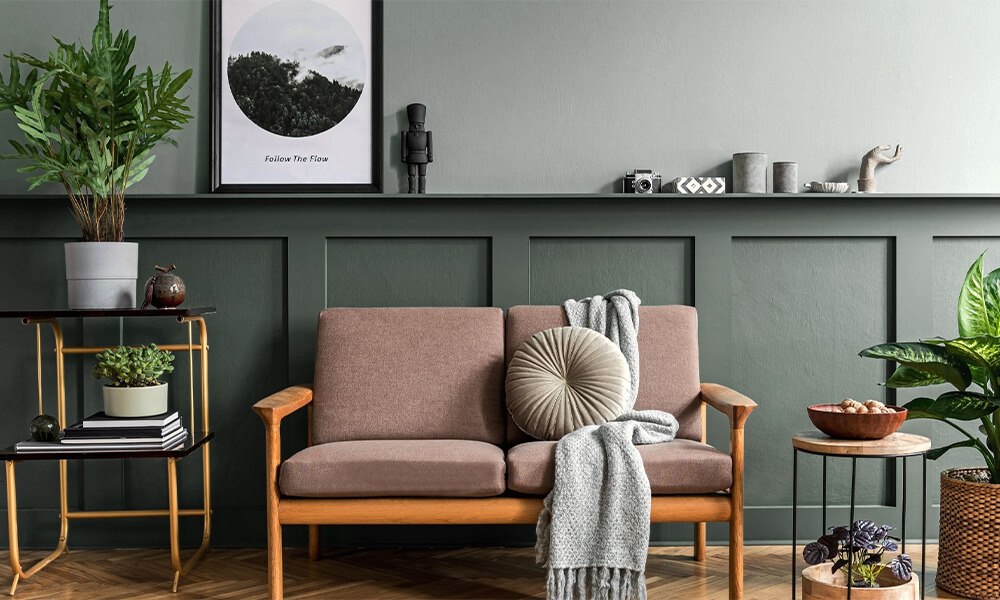Interior design has always been an integral part of home decor. Over the years, it has evolved tremendously, reflecting the changing times and styles. From the ornate and flamboyant styles of the past to the sleek and minimalist designs of today, interior design has come a long way. In this article, we will take a trip down memory lane and trace the evolution of interior design across time and styles.
The Early Years
In ancient times, home decor was a reflection of the societal norms and beliefs. The decor was ornate and elaborate, with intricate carvings and embellishments. The Greeks and Romans favored columns, statues, and murals. The Chinese and Japanese used screens, calligraphy, and bamboo furniture. The Middle Ages saw the emergence of Gothic architecture and decor, with its signature pointed arches, stained glass windows, and gargoyles.
The Renaissance and Baroque Periods
The Renaissance period marked a shift towards a more humanistic approach to art and design. The decor became more refined and elegant, with a focus on symmetry and proportion. The Baroque period, on the other hand, was characterized by opulence and grandeur. The decor was flamboyant and theatrical, with heavy use of gold, silver, and marble. The French Louis XIV style was one of the most popular styles of the Baroque period, with its intricate carvings, gilding, and ornate furniture.
The 19th and 20th Centuries
The 19th century saw the emergence of the Arts and Crafts movement, which emphasized craftsmanship and simplicity. The decor was more rustic and natural, with an emphasis on handmade furniture and textiles. The Art Nouveau movement, which emerged in the late 19th century, was characterized by its use of organic forms and curves. The 20th century saw the emergence of several design movements, including Art Deco, Mid-Century Modern, and Minimalism. Art Deco was characterized by its use of geometric shapes and bold colors, while Mid-Century Modern was marked by its clean lines and use of natural materials. Minimalism, which emerged in the 1960s, was characterized by its simplicity and lack of ornamentation.
The Present Day
Today, interior design has become more diverse than ever before. There is no one dominant style, and designers are free to mix and match different styles to create unique and personalized spaces.
For those interested in the latest adaptations in this field, particularly in Singapore, check out this guide on renovation trends in Singapore for 2024, which captures the newest and most popular design movements.
Interior design has come a long way since the ancient times. From the ornate and flamboyant styles of the past to the sleek and minimalist designs of today, interior design has evolved tremendously, reflecting the changing times and styles. Today, interior design is more diverse than ever before, with designers free to mix and match different styles to create unique and personalized spaces. As we look towards the future, it will be interesting to see how interior design continues to evolve and adapt to the changing times.

